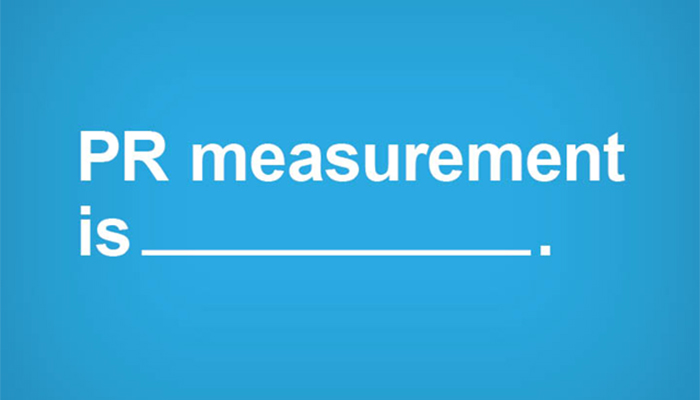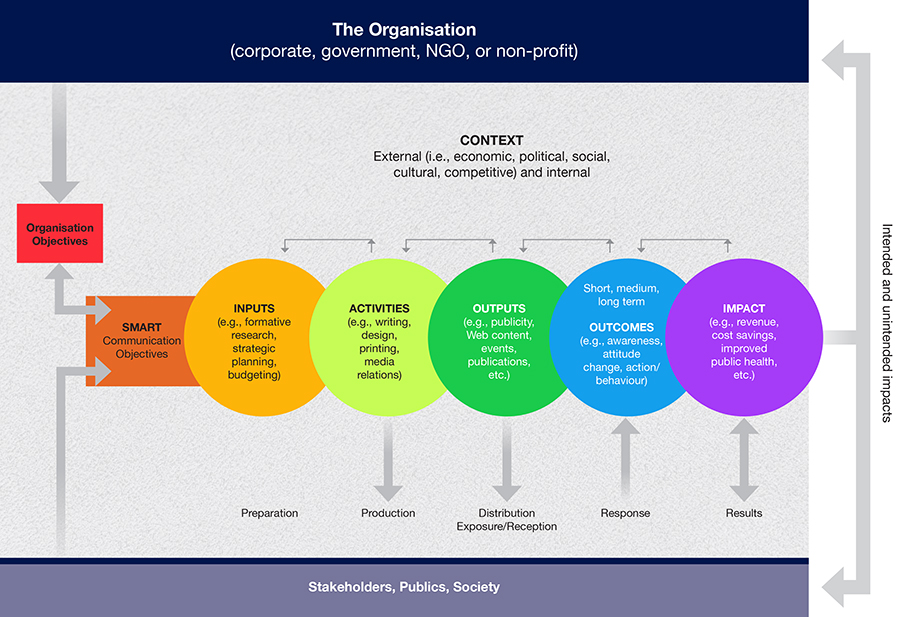
It is one of the most common questions we get asked – how will you measure success of our program?
While public relations at times can be more art than science, it is possible, and we would say vital, to measure the outcome of your efforts.
First of all, it is worth mentioning what measurement is not. Measurement is not clip counting or Advertising Value Equivalents (AVEs).
AVEs have been used in the past to measure the outputs of a PR program. Effectively AVEs attempt to quantify the value of earned media (PR) by valuing it based on the cost of paid media (advertising) based on the size/position off the coverage in that media outlet. A multiplier is then applied (assuming earned media has greater credibility than advertising) which is a discretionary number that can be x1.5, x3 or even x9.
Honner – and most of the PR industry – rejects the use of AVEs for a number of reasons:
- PR and advertising are two very different things. PR is earned media, it has greater authority that provides a form of third party validation
- Media coverage can be positive, neutral or negative. Advertising is positive brand positioning placed where and when you decide
- AVEs only calculate the equivalent cost of buying advertising; they do not measure the impact or effect
A better way to measure
The PR industry body (Public Relations Institute of Australia) in recent weeks has released a new comprehensive Model for Research, Measurement and Evaluation of Public Relations.

This framework aims to help practitioners more thoroughly and confidently demonstrate the business value being delivered by PR activity. It also reinforces the importance of communications activity being aligned to business goals and directly linked to SMART communications objectives.
Working from left to right, each program starts with research and strategic planning (inputs). It is then straightforward enough to measure activity undertaken (media releases, newsletters, events etc) and the outputs of this activity (number of media clips, tone/sentiment, share of voice). This is often where many end the measurement process. But the goal is to keep going toward the right and measure outcomes (awareness, engagement, satisfaction) and ultimately quantify impact on business results (sales, profit, share price).
Using multiple data sources to build a dashboard of key data points, gives an at-a-glance-snapshot that is most effective in engaging the C-Suite.
It takes more time and investment the further you move along this continuum. The PRIA recommends assigning 10% of your budget to evaluation. Digital media and technology gives us more tools, but effective measurement also requires a clear strategy with measurable objectives agreed up front.
What the above framework also reminds us is evaluation (and research) is an ongoing, circular process. It should be used to assess the outcomes of a campaign but also a tool for ongoing iterative improvement of the program.
But is there a single number?
If it is not AVE, then what is that number to benchmark our success in media?
If it is only media you are interested in then there is one number. It’s called: Cost per Contact or Cost Per Opportunity to See.
Similar to the way marketers measure cost per acquisition, this number shows how much it cost the business to reach its audience.
This number is derived by dividing total reach (the cumulative circulation of the publications where articles appeared) divided by the budget spend.
While in some ways a crude measure based solely on media hits, we see it as a relevant alternative for communications teams who need to report a benchmark number to the C-Suite each month, quarter or year.
Honner is constantly looking to refine and improve its approach to measurement and welcomes robust discussions to ensure we are able to clearly demonstrate the strong value that we know a multi-channel communications program can achieve when delivered effectively.

